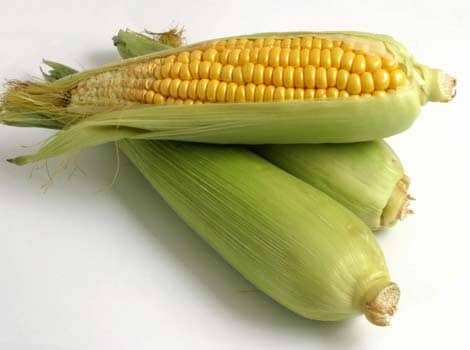Corn cob blasting grit is a safe blasting media for delicate parts in addition to use as the preferred blasting grit for log homes and other wood surfaces. Corn cob grit abrasive will remove surface contamination, debris and coatings with little to no impact on the substrate.
Corn cob is a biodegradable, organic blasting media that is obtained from the hard woody ring of the cob. It is resistant to break down and can be re-used multiple times in the blasting process. Corn cob is available in a variety of grit sizes and presents no health or environmental hazards. Virtually dust-free blasting with no sparking leaves a clean and dry surface.
Also, nothing works better for cleaning dirty brass than ground corn cobs.
Cobblasting can be done to remove the old finish that previously exists on your log home. Both methods are a solvent free way to remove finishes but remember that windows and trim need to be properly masked off to avoid any damage. Cobblasting is an innovative new way of stripping logs by using "grit-o-cobs" (dried corn cobs), instead of sand. Cobblasting is less abrasive than using sand and can be used as mulch for a garden or around plants when the job is done (if the stripped finish doesn't contain any lead).
Typically with sandblasting the sand has to be hauled away adding extra expense. Cobblasting won't pit the logs the way that sandblasting will (a light sanding is all that is required so that absorption of stain is more uniform) and so you can save time and expense by not having to sand the logs down so heavily. Because cobblasting is new to the market, it may be difficult to find someone who offers that service in your area. We carry the KERNEL Cob Blaster for those of you who are interested in purchasing.
Because sandblasting leaves the log surface with a pitted texture, it should be sanded down to bring the surface back. If you have your house professionally sandblasted, it would probably be wise to find out if the company has had previous experience with blasting log homes. The pressure required for sandblasting logs is considerably less than for blasting metal. You wouldn't want them to blast huge chunks out of your logs.
Corn cob blasting grit is a safe blasting media for delicate parts in addition to use as the preferred blasting grit for log homes and other wood surfaces. Corn cob grit abrasive will remove surface contamination, debris and coatings with little to no impact on the substrate.
Corn cob is a biodegradable, organic blasting media that is obtained from the hard woody ring of the cob. It is resistant to break down and can be re-used multiple times in the blasting process. Corn cob is available in a variety of grit sizes and presents no health or environmental hazards. Virtually dust-free blasting with no sparking leaves a clean and dry surface.
Also, nothing works better for cleaning dirty brass than ground corn cobs.
Cobblasting can be done to remove the old finish that previously exists on your log home. Both methods are a solvent free way to remove finishes but remember that windows and trim need to be properly masked off to avoid any damage. Cobblasting is an innovative new way of stripping logs by using "grit-o-cobs" (dried corn cobs), instead of sand. Cobblasting is less abrasive than using sand and can be used as mulch for a garden or around plants when the job is done (if the stripped finish doesn't contain any lead).
Typically with sandblasting the sand has to be hauled away adding extra expense. Cobblasting won't pit the logs the way that sandblasting will (a light sanding is all that is required so that absorption of stain is more uniform) and so you can save time and expense by not having to sand the logs down so heavily. Because cobblasting is new to the market, it may be difficult to find someone who offers that service in your area. We carry the KERNEL Cob Blaster for those of you who are interested in purchasing.
Because sandblasting leaves the log surface with a pitted texture, it should be sanded down to bring the surface back. If you have your house professionally sandblasted, it would probably be wise to find out if the company has had previous experience with blasting log homes. The pressure required for sandblasting logs is considerably less than for blasting metal. You wouldn't want them to blast huge chunks out of your logs.


